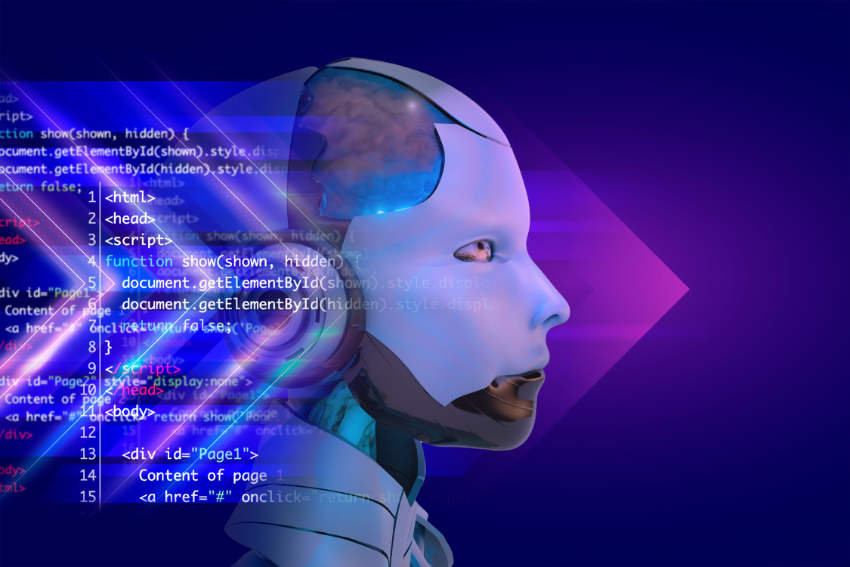Artificial intelligence and machine learning are increasingly used in critical areas: medicine, finance, security, and transportation. This is why the need for reliable testing of models in “usual” examples and in rare, borderline, and critical situations before their real-world application is growing.
Synthetic data is one way to simulate controlled, specific, or extreme conditions that are difficult or impossible to obtain in the real world. Such rare situations not only improve the quality of testing but also help to assess in advance the stability and reliability of an AI model under uncertainty. Thus, synthetic scenarios are becoming an important part of modern AI validation.
Understanding synthetic data and its types
Synthetic scenarios are artificially created conditions, data, or situations that allow the modeling, analyzing, and testing of the behavior of systems in controlled or hypothetical contexts. Synthetic scenarios are divided into:
- Generated data. These artificially created datasets mimic the structure, distribution, and properties of real data without directly copying them. They are used to train, validate, or test AI models, especially in cases where real data is limited, unavailable, or confidential.
- Simulation environments are simulated physical, social, or technical systems used to study the behavior of AI models under variable or stressful conditions.
- Simulated edge cases. These are rarely encountered in reality, but they pose a high risk to the system (for example, sudden system failures, a combination of atypical input data, and behavior on the edge of acceptable values).
These scenarios are generated using various methods: algorithmic (based on mathematical models), generative adversarial networks (GANs), which create plausible synthetic images, text, or other data, and rule-based systems, which develop scenarios based on predefined rules and logic. Each of these approaches has its advantages and limitations, but together, they open up opportunities for flexible testing and increasing the reliability of modern intelligent systems.
Stress testing: model behavior under high load or error conditions
Stress testing is important in assessing AI models’ reliability and endurance in conditions beyond everyday scenarios. This process aims to simulate situations in which the system is overloaded or encounters incorrect, corrupted, ambiguous, or anomalous data. Model weaknesses that are not visible during regular testing are often revealed in such conditions.
Synthetic scenarios allow you to artificially create such situations without risk to real users or business processes. For example, in image processing, you can simulate a sharp drop in image quality, noise, lighting restrictions, or distortion of the shape of objects. In Natural Language Processing, you can deliberately introduce spelling errors, grammatical errors, and excessively lengthy or confusing phrases. In financial systems, you can test the behavior of algorithms during a sudden market collapse, mass transactions, or false signals. The study “AI-Generated Synthetic Data for Stress Testing Financial Systems” highlights that using synthetic data generated by GANs, VAEs, and other models allows for the creation of hypothetical market shocks, which deepens the assessment of the resilience of financial institutions.
Such testing is particularly suitable for models operating in real time or under increased responsibility, such as facial recognition systems, autonomous vehicles, financial predictors, or medical diagnostic platforms.

Power under control: the benefits of synthetic scenarios
Using synthetic scenarios to test models has several advantages that make this approach attractive in modern machine learning.
- Сontrollability of variables. Unlike the real environment, synthetic scenarios allow you to set the values of all parameters precisely, vary one variable while keeping others fixed, and create isolated conditions for testing specific hypotheses. This makes testing accurate and diagnostically informative. For example, the study “Synthetic Data in Radiological Imaging: Current State and Future Outlook”describes how synthetic images allow you to automate QA, scale datasets, and fill the gap of rare pathologies in the field of radiology.
- Scalability. Synthetic data can be generated in large volumes, allowing you to expand test samples without manual labeling of real data. This benefits training models requiring high accuracy for thousands or millions of examples.
- Security and ethics. Synthetic data completely imitates real data while not containing personal, confidential, or sensitive information. This allows you to avoid violating ethical norms and regulatory requirements, especially in the fields of healthcare, banking, or law. For example, the study “Synthetic Health Data: Real Ethical Promise and Peril” described how in medical image processing tasks, a model trained on synthetic data showed accurate diagnosis of diseases while not violating the privacy of patients.
How to properly test AI on synthetic data: proven practices
Practical testing of models using synthetic scenarios requires a structured and reasoned approach. To avoid false positives or overestimated quality, proven practices must be considered to ensure the results’ objectivity, reliability, and practical usefulness.
- Combining synthetic and real data. Combined use of both sources: synthetic data is used to expand the scenarios covered, and real data is used to test the behavior of the AI model in conditions close to practical ones. This approach allows you to identify weaknesses in the algorithms and check their generalization without losing touch with the real context.
- Using independent tests. To maintain the objectivity of the results, selecting independent data sets for testing, both synthetic and real data, is important. This means that the synthetic scenarios used for testing should not repeat the same conditions or examples used during training. Holdout testing avoids the situation where an AI model demonstrates good results only because it has already seen similar examples. This preserves the integrity of the assessment of its generalization capabilities.
- Multi-scenario testing with parameter variability. Models must demonstrate stability not only in one test environment but in a wide range of conditions. To do this, a series of synthetic scenarios is created with a gradual change in key parameters: noise level, data distortion, input volumes, input formats, etc. This approach can assess not only the absolute accuracy but also the stability of the AI model to changes in the environment in which it operates.
- Determining model stability thresholds. Establishing the boundary conditions under which an AI model can perform effectively is important. For example, to determine the level of input distortion that an algorithm can function without critical failures. These thresholds should be clearly documented and used to make decisions about security, scaling, or implementing an AI model in real-world settings. In thе study “Is Synthetic Data all We Need? Benchmarking the Robustness of Models Trained with Synthetic Images”, the authors evaluated the robustness of models trained entirely on synthetic images under a series of implemented graphical noise, background changes, and distortions, i.e., artificial edge-case scenarios. They concluded that the threshold at which the accuracy of the models remains within an acceptable range changes as the noise level increases.
For instance, Keymakr works on both real and synthetic data, depending on the project objectives. Synthetic data often requires validation rather than annotation. A combined data approach allows company clients to cover rare scenarios while maintaining a connection to the real context.

Future prospects
Synthetic data is now moving from a testing tool to a primary resource for AI training, modeling, and risk management. It plays a critical role in the development of complex adaptive systems and general artificial intelligence, which require diverse and realistic scenarios.
It is also important for digital twins, which allow for the simulation of incidents or parameter changes without affecting real systems. For example, at CES 2025, NVIDIA unveiled the Cosmos platform, which generates millions of scenarios for training autonomous systems.
At the same time, regulatory and ethical oversight is catching up, with an emphasis on transparency, bias mitigation, and quality standards. As AI systems continue to operate in increasingly dynamic and high-stakes environments, synthetic scenarios will play a key role in ensuring their safety, adaptability, and long-term reliability.


